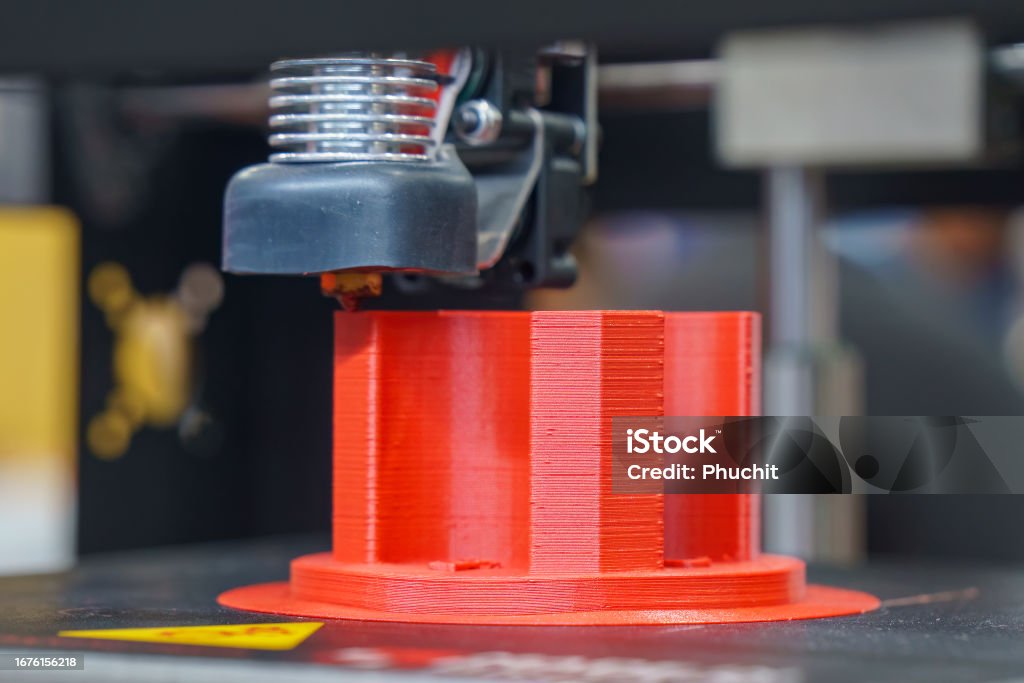Miniatures 3D printing has opened up new possibilities for hobbyists, gamers, and collectors who want to create custom figures, terrain, or diorama elements. Whether you’re printing a detailed fantasy warrior for tabletop RPGs or building an entire battle scene, 3D printing gives you full creative control.

This guide explains how miniature 3D printing works, what tools you need, and how to begin your first project successfully.
What is miniatures 3D printing?
Miniatures 3D printing is the process of using a 3D printer to produce small-scale models—typically used for gaming, collecting, or artistic display. Most miniatures are printed using:
- Resin (SLA/DLP) printers for ultra-fine details
- FDM printers for terrain or less detailed models
The process starts with downloading a 3D model (STL file), slicing it into printable layers, and then printing the object in layers until the full miniature is formed.
Tools and materials you’ll need
Before you start your miniature printing journey, make sure you have the essentials.
Basic equipment:
- 3D printer (resin for high detail, or FDM for durability)
- Slicing software (e.g., Lychee, Cura, PrusaSlicer)
- STL files from trusted sources like R3Dmakers
- Resin or filament material
- Isopropyl alcohol (for resin post-processing)
- UV light source (for resin curing)
Recommended tools:
- Support remover
- Hobby knife
- Sandpaper or files
- Primer and paint for finishing
Advantages of printing your own miniatures
| Benefit | Description |
| Customisation | Create unique models tailored to your gaming or display needs |
| Cost-effectiveness | Print multiple figures at a fraction of retail cost |
| Access to endless designs | Thousands of files available online for instant download |
| Creative control | Modify pose, scale, or parts before printing |
Best practices for quality prints
- Start with beginner-friendly models. Avoid highly detailed files until you’re familiar with your printer.
- Use proper orientation and supports. This reduces print failures and improves surface quality.
- Optimise slicing settings. Layer height, exposure time, and speed can affect print resolution.
- Work in a ventilated area. Resin printing requires safety measures to avoid fumes and spills.
Learn with R3Dmakers
Getting into miniatures 3D printing is easier with a trusted guide. R3Dmakers offers a full introduction to the process, perfect for beginners. Their tutorials include printer setup, model selection, slicing recommendations, and post-processing steps—all written in plain language.
Visit their guide here: Miniatures 3D Printing for Beginners
Final thoughts
Miniatures 3d printing is a rewarding hobby that combines creativity, technical skill, and artistry. Whether you’re printing your first tabletop miniature or expanding your collection, the right tools and reliable guidance make all the difference. Explore detailed resources and beginner support at R3Dmakers to get started confidently and successfully.